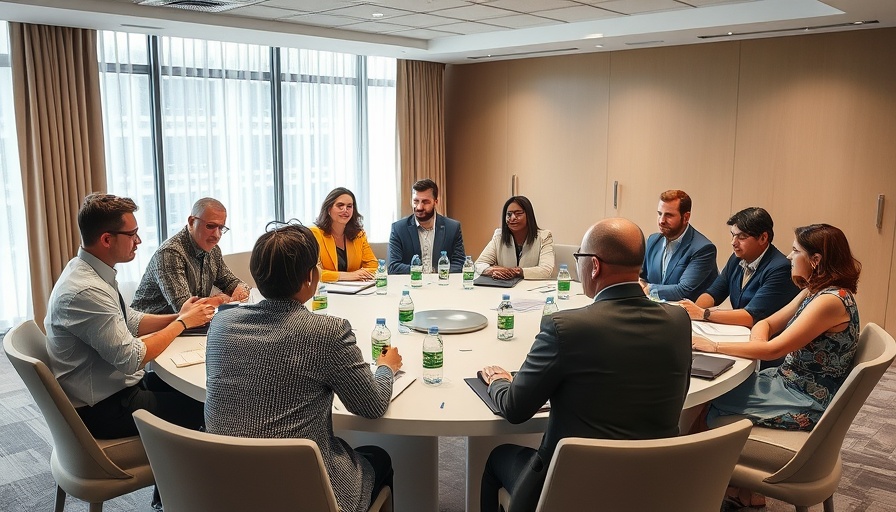
Understanding the Challenges Ahead for Blended Finance
The decline in development aid presents significant hurdles for blended finance, especially as the Hamburg Sustainability Conference gathers momentum. Henry Alt-Haaker, managing director of the conference, emphasizes that the weakening of foreign aid, particularly following cuts to key institutions like the United States Agency for International Development (USAID), could jeopardize future funding pools necessary for sustainable development projects.
Asia-Pacific Focus: Mobilizing Resources for Sustainability
This year, the conference will introduce the Asia-Pacific Blended Finance Community of Practice, an initiative designed to enhance regional collaboration and mobilize resources effectively. As aid budgets shrink, the need for stronger partnerships between development actors and private financiers becomes paramount. The new platform aims to cultivate innovation, enabling stakeholders to develop and fund eco-friendly solutions that align with the United Nations Sustainable Development Goals (SDGs).
The Shift Towards Cross-Sector Alliances
Amidst geopolitical tensions, Alt-Haaker asserts that fostering alliances across various sectors is essential for achieving meaningful progress. As trust in traditional multilateral cooperation wanes, blended finance can serve as a bridge, connecting public and private sectors to address urgent sustainability needs.
Restructuring Blended Finance: New Strategies for a Sustainable Future
To remain effective, blended finance must evolve structurally. The traditional model has relied heavily on donor funding to underwrite risks, but as contributions dwindle, new approaches must emerge. Stakeholders are encouraged to adopt innovative financing methods that leverage philanthropic, private investment, and government support to fill the gaps left by declining aid.
Future Predictions for Blended Finance
Alt-Haaker highlights that the sustainability landscape might face a transformative shift as blended finance adapts to increasingly complex global challenges. With innovations in green technology and ethical production methods on the rise, there’s potential for these new models to redefine how we invest in sustainable development.
Creating Sustainable Solutions through Collaboration
As blended finance evolves, the integration of sustainable practices in investment strategies will become more critical. This could include enhancing green building initiatives, investing in renewable energy, or promoting sustainable agriculture practices to mitigate climate change effects and promote biodiversity.
The Community's Role in Driving Change
For engaged citizens and eco-conscious individuals, understanding the dynamics of blended finance is crucial. By supporting organizations that adhere to ethical sourcing and sustainable practices, individuals can actively participate in championing environmental stewardship, contributing to a circular economy, and reducing their carbon footprint in everyday life.
Lastly, as discussions unfold at the Hamburg Sustainability Conference, it is a clarion call for all stakeholders to rethink how resources are mobilized in a landscape where doing more with less is not just desirable but imperative for a sustainable future. Learn more about these innovative financial strategies here.
 Add Row
Add Row  Add
Add 



Write A Comment